Spice Up Your Life: The Ultimate Guide to Crafting a Flavor-Packed Mexican Beef Stew
Table of Contents
- Why Mexican Beef Stew Deserves a Spot on Your Dinner Table
- Essential Ingredients for an Authentic Recipe
- The Spice Lineup: What Makes This Stew Sing
- Step-by-Step: Cooking the Perfect Batch
- Pro Tips to Elevate Your Stew Game
- What to Serve with Your Mexican Beef Stew
- Buying Guide: Choosing the Best Ingredients and Tools
- Final Thoughts: A Warm Bowl of Tradition
Why Mexican Beef Stew Deserves a Spot on Your Dinner Table
Mexican cuisine is a vibrant explosion of flavors, colors, and traditions. At the heart of many family gatherings and festive meals lies a warm, comforting bowl of Mexican beef stew. Whether you're cooking for your family or hosting a casual get-together, this dish offers a perfect blend of tender meat, aromatic spices, and rich broth.
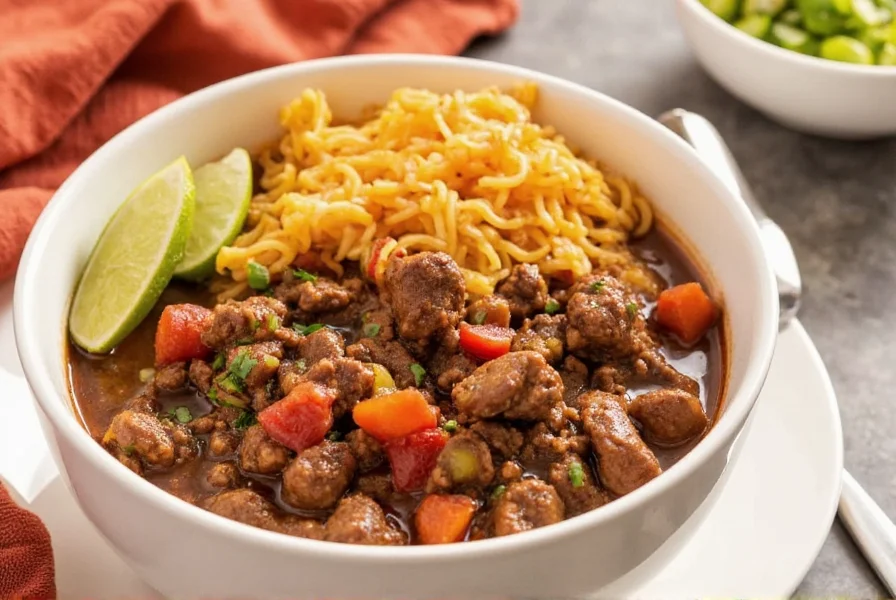
This isn't just any stew — it's a celebration of heritage, culture, and flavor. In this article, we’ll walk you through everything you need to know about creating a mouthwatering recipe for Mexican beef stew, complete with pro tips, spice insights, and a helpful buying guide for the best ingredients and tools.
Essential Ingredients for an Authentic Recipe
Before we dive into the spices, let’s take a moment to appreciate the core ingredients that form the foundation of this hearty dish:
- Beef chuck – for that perfect marbling and tenderness after slow cooking
- Tomato sauce or crushed tomatoes – adds depth and richness
- Onions and garlic – the aromatic base of almost every great stew
- Vegetable or beef broth – enhances the overall body and savoriness
- Carrots and potatoes – classic root vegetables for texture and sweetness
- Pinto beans (optional) – add protein and creaminess
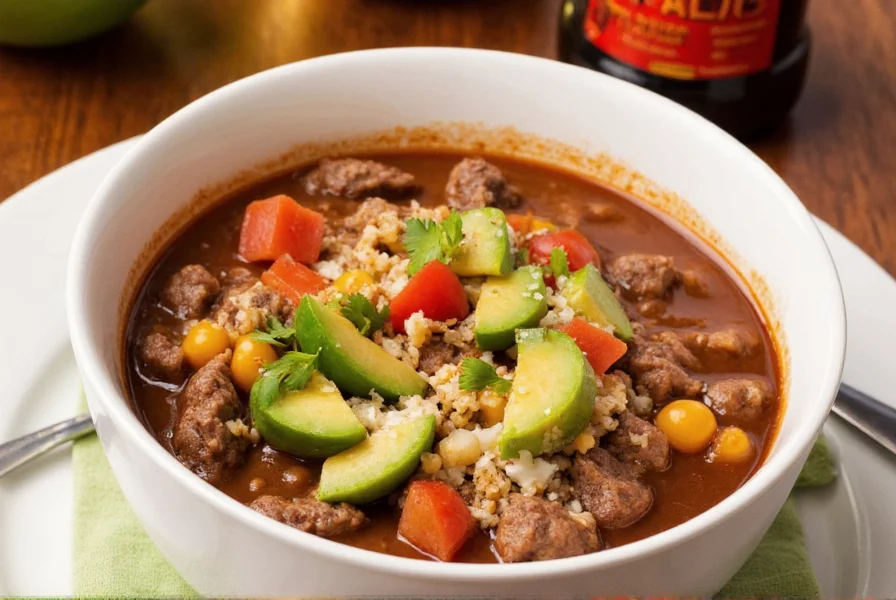
Of course, what truly defines this dish are the spices. Let’s explore them in detail!
The Spice Lineup: What Makes This Stew Sing
No Mexican dish is complete without a harmonious blend of spices. Here’s a breakdown of the key players and their roles:
| Spice | Flavor Profile | Role in the Stew |
|---|---|---|
| Cumin | Earthy, nutty, slightly smoky | Builds the savory backbone |
| Chili Powder | Spicy, sweet, earthy | Adds warmth and heat |
| Paprika | Sweet, mild, colorful | Enhances color and subtle sweetness |
| Oregano (Mexican preferred) | Bold, peppery, herbal | Lends authentic Latin flair |
| Garlic Powder | Pungent, savory | Boosts allium notes without raw bite |
| Bay Leaf | Woody, aromatic | Infuses depth during simmering |
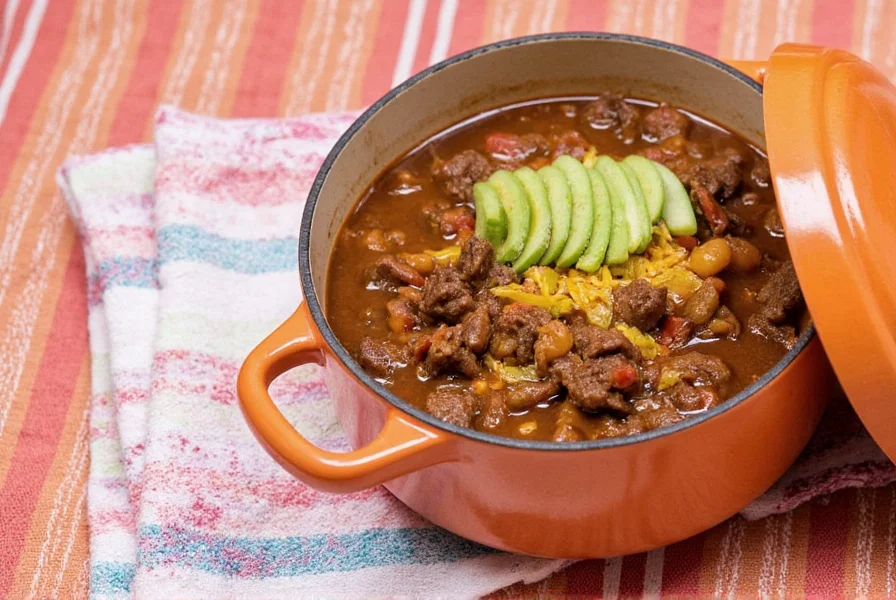
Tip: For a more intense flavor, toast whole cumin seeds before grinding them. It unlocks a whole new layer of aroma!
Step-by-Step: Cooking the Perfect Batch
Preparation Steps
- Cut the beef into 1-inch cubes
- Season generously with salt and pepper
- Heat oil in a heavy-bottomed pot over medium-high heat
- Seal the beef in batches until browned on all sides
- Remove beef and set aside
- Add onions, garlic, and sauté until fragrant
- Add the spices and cook for 1 minute to bloom them
- Pour in tomato sauce and stir well
- Add back the beef along with broth and vegetables
- Bring to a gentle boil, then reduce heat and simmer for 1.5–2 hours
- Check for tenderness; adjust seasoning if needed
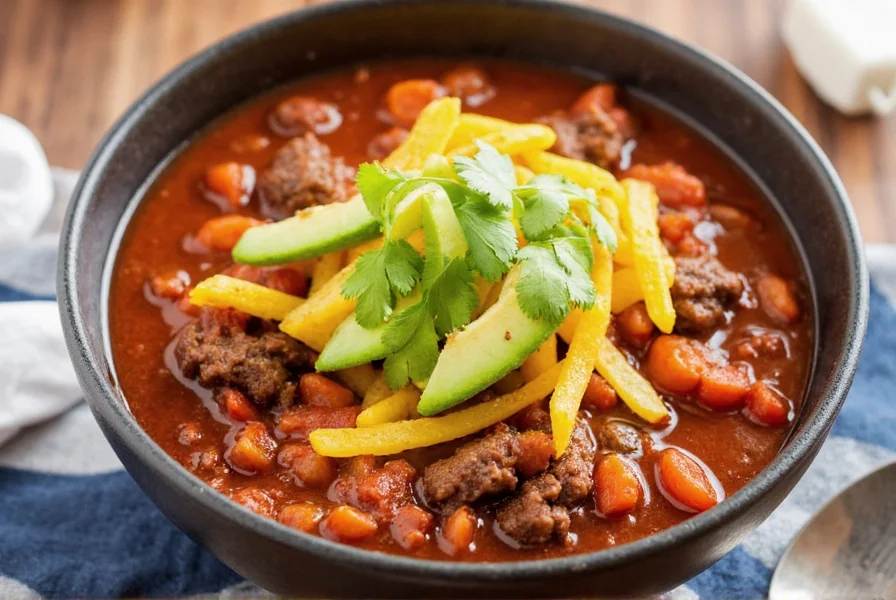
Pro Tip: For extra depth, deglaze the pot with a splash of red wine or beer before adding the tomatoes!
Pro Tips to Elevate Your Stew Game
- Add roasted peppers: Use fire-roasted canned tomatoes or add diced roasted poblano peppers for a smoky kick.
- Don’t skip the lime: Squeeze fresh lime juice over the stew before serving to brighten up the flavors.
- Rest it overnight: Like most stews, the flavors develop beautifully when refrigerated overnight.
- Use bone-in beef: If possible, use short ribs or shank pieces for even richer flavor.
- Layer the heat: Add a dash of hot sauce or chopped jalapeños at the end for adjustable spice levels.
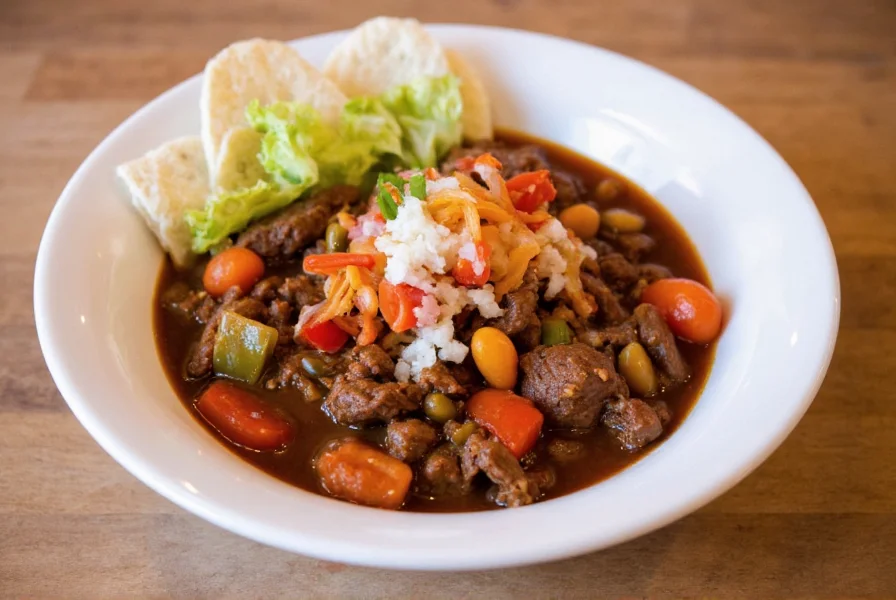
What to Serve with Your Mexican Beef Stew
To complete the meal, consider these flavorful pairings:
- Rice: Cilantro-lime rice complements the spiced stew perfectly.
- Tortillas: Warm corn or flour tortillas for scooping or making mini tacos.
- Guacamole & Pico de Gallo: Brightens up the richness of the stew.
- Sides: Try Mexican street corn or a quick black bean salad.
- Dessert: Tres leches cake or flan makes for a delightful finish.
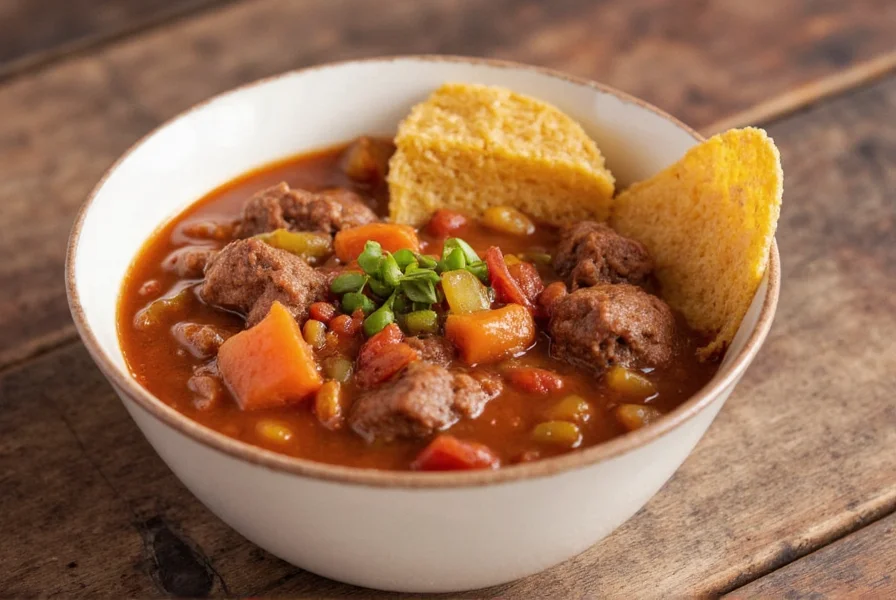
Buying Guide: Choosing the Best Ingredients and Tools
For the Beef
- Chuck Roast: Affordable, marbled, and perfect for slow cooking.
- Short Ribs: More expensive but incredibly flavorful.
- Pre-Cubed Stew Meat: Convenient but check for freshness and uniformity.
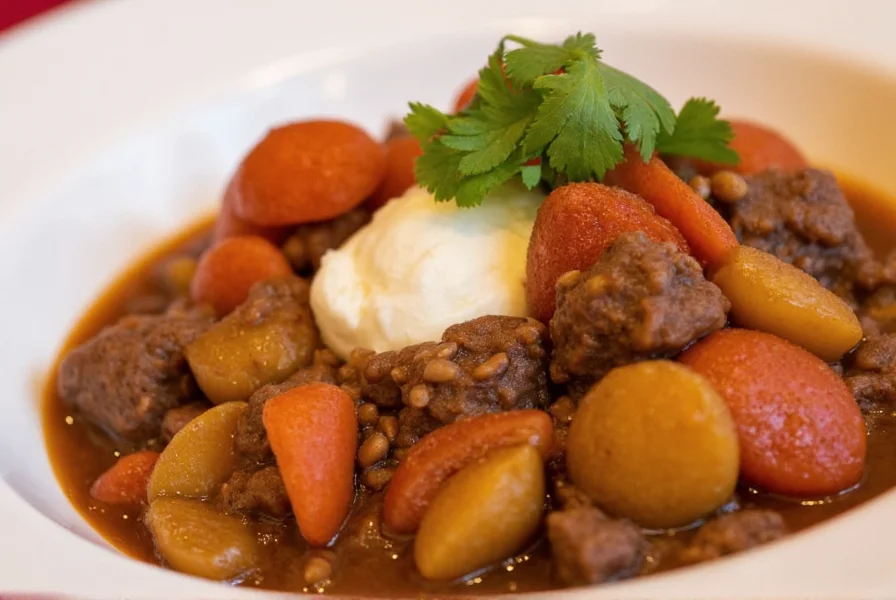
For the Spices
| Product | Features | Best For |
|---|---|---|
| McCormick Culinary Cumin | Freshly ground, strong aroma, bulk size available | Home cooks and small-scale chefs |
| La Costeña Chili Powder | Authentic Mexican flavor, bold heat level | Traditionalists and spice lovers |
| Prima Donna Organic Oregano | Organic, hand-harvested, robust flavor | Health-conscious cooks and gourmet dishes |
For the Kitchen Tools
- Dutch Oven: Le Creuset or Lodge cast iron pots ensure even heating and excellent searing.
- Immersion Blender: Useful if you want a slightly thickened consistency.
- Wooden Spoon: Ideal for stirring without scratching your pot.
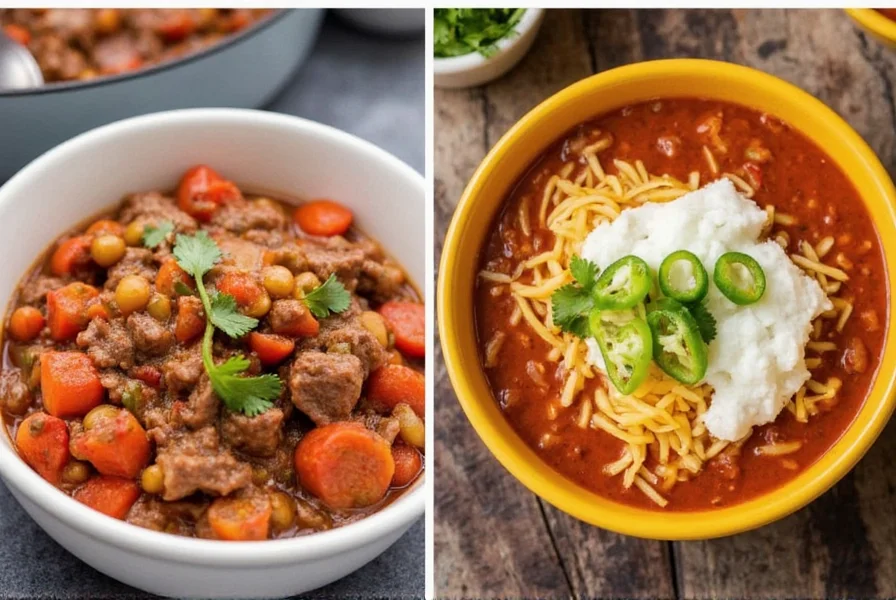
Final Thoughts: A Warm Bowl of Tradition
Making a recipe mexican beef stew is more than just following steps — it’s about embracing tradition, culture, and the joy of cooking together. With the right balance of spices, quality ingredients, and a bit of patience, you can transform simple components into something truly extraordinary.
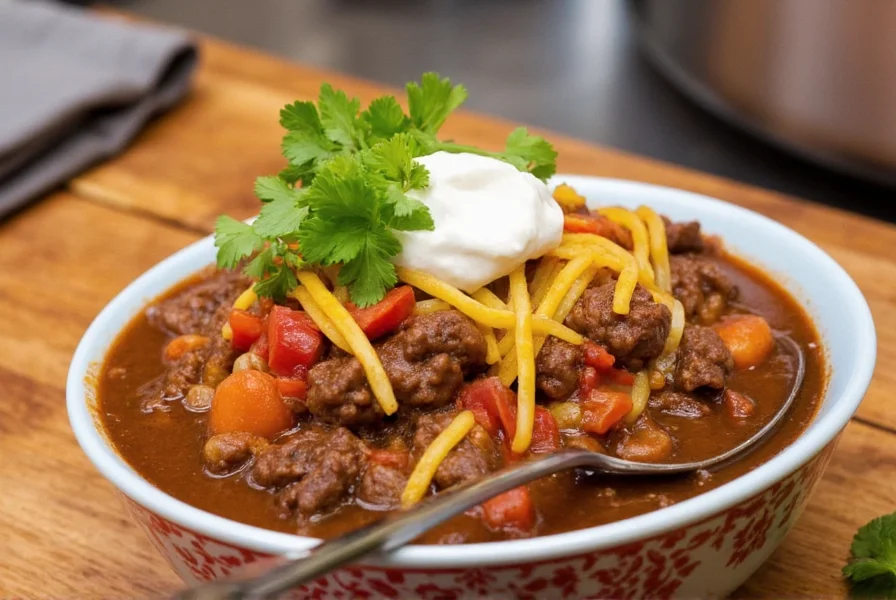
Whether you're a seasoned chef or a curious home cook, this dish promises to bring warmth, laughter, and plenty of compliments around your table. So grab your apron, gather your spices, and let’s make some culinary magic together!

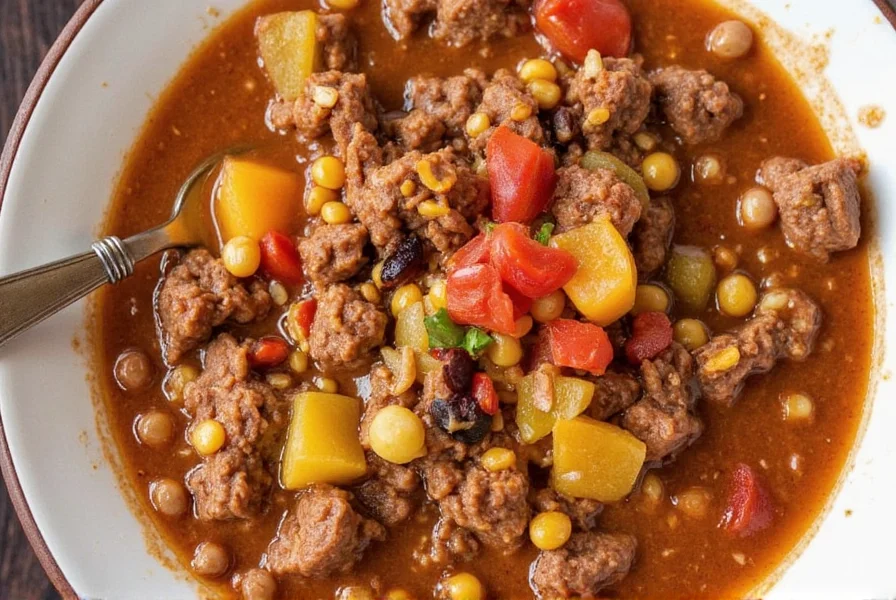









 浙公网安备
33010002000092号
浙公网安备
33010002000092号 浙B2-20120091-4
浙B2-20120091-4